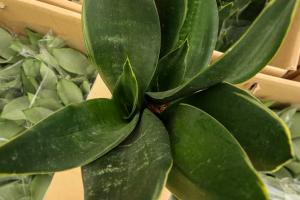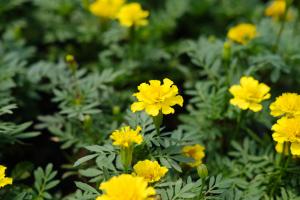Do Grasshoppers Harm Tomato Plants?
Tomatoes are a common vegetable in many home gardens and farms. They are valued for their versatility in dishes, high nutritional value, and ease of cultivation. Unfortunately, they are also vulnerable to pests that can damage the plant and reduce yield. One of those pests is the grasshopper. In this article, we will explore whether grasshoppers harm tomato plants and what can be done to prevent or mitigate the damage.
What Are Grasshoppers?
Grasshoppers are insects that belong to the family Acrididae. They are characterized by their long hind legs that allow them to jump and their ability to produce a chirping sound. They are commonly found in fields, meadows, and gardens. Grasshoppers are herbivorous, which means they feed on plants, including vegetables like tomato plants.
How Do Grasshoppers Harm Tomato Plants?
The primary way that grasshoppers harm tomato plants is by feeding on the leaves and stems. They consume the plant matter, which can weaken the plant and reduce its ability to produce fruit. Additionally, grasshoppers can transmit bacterial and viral diseases, which can further damage the plant. Some of the signs that a tomato plant has been damaged by grasshoppers include holes in the leaves, missing plant matter, and stunted growth.
Preventing Grasshopper Damage to Tomato Plants
Preventing or mitigating grasshopper damage to tomato plants can be achieved through a few different methods. One approach is to use physical barriers or repellents that prevent grasshoppers from accessing the plants. For example, gardeners can use sticky traps, nets, or fencing to keep grasshoppers away. Additionally, planting companion plants like marigolds or basil can repel grasshoppers, reducing the likelihood of damage to tomato plants.
Another approach is to encourage natural predators to predate on grasshoppers. Birds, lizards, and praying mantises are natural predators of grasshoppers and can help control their population. Gardeners can create habitats that attract these predators, such as bird feeders or piles of rocks for lizards to use as shelter.
Finally, gardeners can use pesticides to control grasshopper populations. However, it is important to use pesticides responsibly and follow the instructions carefully to avoid harming beneficial insects or polluting the environment.
Conclusion
Grasshoppers are a common pest that can damage tomato plants, reducing their fruit yield and overall health. However, there are several ways to prevent or mitigate the damage, including physical barriers, natural predators, and pesticide use. By implementing these methods, gardeners can enjoy healthy and productive tomato plants.

 how many times do yo...
how many times do yo... how many planted tre...
how many planted tre... how many pine trees ...
how many pine trees ... how many pecan trees...
how many pecan trees... how many plants comp...
how many plants comp... how many plants can ...
how many plants can ... how many plants and ...
how many plants and ... how many pepper plan...
how many pepper plan...
































